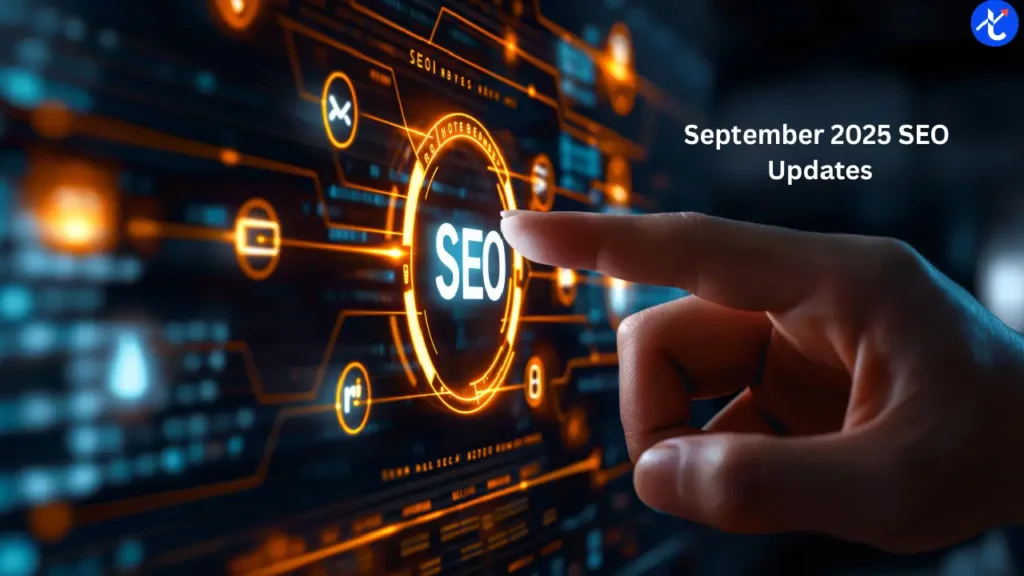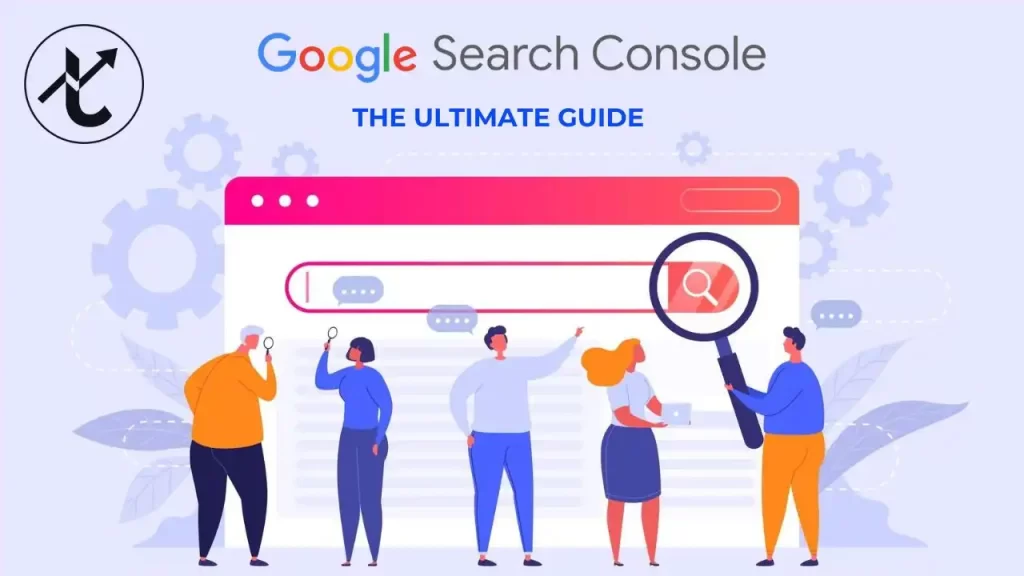The SEO world is never static. Every month brings new algorithm updates, AI innovations, and digital marketing shifts that change how websites rank in Google search results. September 2025 SEO Updates was no exception.
This month, Google rolled out a major Spam Update targeting thin, low-value, and AI-generated content. At the same time, trends such as mobile-first indexing, optimize Core Web Vitals for SEO, and hybrid search behaviors (traditional + AI search) are reshaping the digital marketing landscape.
For SEO experts, business owners, and digital marketers, understanding these changes isn’t just useful—it’s essential. In this article, we’ll break down:
- What type of update was released
- Which websites are most affected
- Practical steps SEO experts must take
- Real-world examples and actionable tips
- Frequently asked questions
Let’s dive in.
The September 2025 Google Spam Update
Type of Update
Google confirmed that a new Spam Update began rolling out on August 26, 2025. Unlike a “core” or “helpful content” update, this update was specifically designed to target AI-driven scaled content abuse and thin pages.
The update follows Google’s ongoing mission to ensure that search results show high-quality, trustworthy, and user-focused content.
What It Targets
- AI-Generated Thin Content: Pages created using AI tools that lack depth, originality, or real value.
- Scaled Content Abuse: Websites producing massive volumes of auto-generated articles to manipulate rankings.
- Spammy Tactics: Practices such as cloaking, misleading redirects, and keyword-stuffed filler pages.
Which Websites Are Most Affected?
Not every site is hit equally by the September 2025 update. Google’s filters specifically focus on bad practices. Here’s a breakdown:
Heavily Impacted
- Content Farms: Sites pushing out hundreds of AI articles daily without human review.
- Thin Affiliate Sites: Websites built only to drive affiliate sales with little added value.
- Spam Blogs: Pages with copied or rephrased content from other sources, lacking originality.
Less Impacted / Likely to Benefit
- High-Authority Blogs: Websites publishing original, researched, and user-friendly content.
- Mobile-Optimized Sites: Since mobile-first indexing is in full effect, responsive and fast sites gain visibility.
- E-A-T Focused Content: Sites that demonstrate Expertise, Authoritativeness, and Trustworthiness are more resilient to spam updates
Example: A financial blog that publishes AI-generated summaries without expert analysis saw ranking drops, while a competitor that combined AI with expert commentary and case studies retained visibility.
What SEO Experts Should Do Now
Google’s latest update is not the end of AI in SEO. Instead, it’s a call to use AI responsibly and focus on value-driven content. Here’s how SEO professionals can adapt:
A. Balance AI and Human Oversight
- Use AI for drafting ideas, outlines, or summaries, but always ensure human editing and fact-checking.
- Add real insights, case studies, and examples that AI cannot replicate.
B. Focus on Content Quality
- Write for users first, search engines second.
- Include visuals, data points, and personal expertise to differentiate your content.
- Avoid “fluff” or keyword stuffing—Google’s systems are better than ever at detecting it.
C. Optimize for Mobile and UX
- With mobile-first indexing, your site’s mobile performance is your ranking baseline.
- Focus on page speed, responsive layouts, and easy navigation.
- Tools like Google Lighthouse and PageSpeed Insights can help.
D. Strengthen Your E-A-T Signals
- Include author bios with credentials.
- Link to trusted external sources.
- Build backlinks from niche-relevant websites.
Real-World Examples and Practical Tips
Example 1: Travel Blog Case Study
A travel website that relied solely on AI to generate destination guides saw a 40% traffic drop in September 2025. Why? The content was generic and repetitive.
Fix: They began adding first-hand travel photos, personal experiences, and user reviews. Within weeks, their rankings stabilized.
Example 2: E-Commerce Store
An online fashion store published auto-generated product descriptions. The update flagged them as spammy.
Fix: They updated descriptions with styling tips, size guides, and material details, written by actual staff. Their pages regained visibility.
Practical Tips for Every SEO Professional
- Audit Your Content Library: Identify thin or low-value pages and improve or remove them.
- Leverage Structured Data: Use schema markup for reviews, FAQs, and product details.
- Engage in Hybrid Search: Optimize for traditional search, but also test AI-driven search engines like ChatGPT and Perplexity.
- Update Old Posts: Refresh content with new statistics, links, and examples to stay relevant.
- Monitor Analytics Closely: Use Google Search Console to track sudden drops in impressions or clicks after updates.
Broader SEO Trends from September 2025
The spam update was the headline, but several other digital marketing shifts also emerged in September 2025:
- Hybrid Search Behavior: According to Adido Digital, 95% of US users still rely on traditional search, but AI search adoption is growing slowly. Expect hybrid use for research and productivity.
- Core Web Vitals: Google continues to prioritize page experience metrics like speed, interactivity, and stability.
- AI Content Guidelines: Gary Illyes from Google clarified that AI is not banned—but human oversight is non-negotiable.
Conclusion
The September 2025 Spam Update is another reminder that Google values quality over quantity. Websites relying on AI spam, thin affiliate content, or scaled content abuse will face steep penalties.
However, for SEO experts willing to adapt, this is an opportunity. By blending AI tools with human expertise, optimizing for mobile and UX, and building trust through authoritative content, you can not only survive but thrive in this new SEO landscape.
Remember: SEO isn’t about chasing shortcuts. It’s about building sustainable strategies that prioritize users. If you embrace that mindset, Google’s updates will work in your favor.
FAQs on the September 2025 SEO Updates
Q1: What type of update did Google release in September 2025?
It was a Spam Update, targeting thin content, scaled content abuse, and low-value AI-generated pages.
Q2: Will AI content always be penalized?
No. AI content that is reviewed, fact-checked, and enriched by humans is acceptable. The problem is with spammy, automated, low-value text.
Q3: Which websites are most at risk?
Affiliate farms, content mills, and spam blogs relying solely on AI generation. Sites with high-quality, original, and expert content are less impacted.
Q4: How long will the update rollout last?
Google announced the update on August 26, 2025. Rollout typically lasts 2–4 weeks globally.
Q5: What should be the top priority for SEO in 2025?
Focus on content quality, mobile optimization, Core Web Vitals, and user experience while using AI responsibly.




